The world population is expected to reach over 9 billion people by 2050, which means that food production needs to increase about 70 percent to feed the growing population. This is not an easy task considering that negative effects of climate change, such as higher temperatures, pest outbreaks and devastating floods and droughts, are endangering agricultural production around the world. However, climate-smart agriculture can help farmers (and herders, fishers, and foresters) adapt to the changing climate, and at the same time increase productivity and even improve their livelihoods.
Developing countries are the home of most of the world’s poor, and they are expected to be the worst affected by climate change. Therefore, problems such as malnutrition and poverty will be aggravated, seeing that a large portion of the population from developing countries depend on agriculture as a source of income whether directly or indirectly.
In addition, smallholder farmers are responsible for providing about 80 percent of the food in most of the developing countries. Therefore, improving the productivity of crop, livestock, fishery, and forestry systems through climate-smart agriculture (CSA) practices is an important strategy to enhance food security in the next couple of decades.
What is climate-smart agriculture?
Climate-smart agriculture, first launched in 2010 by FAO, is an approach to help guide agricultural systems in a resilient path in the face of climate change. Food security and sustainable development are at the core of CSA. Its three main objectives are:
- Sustainably increasing agricultural productivity and incomes;
- Building resilience and adapting to climate change;
- Developing opportunities for reducing greenhouse gas (GHG) emissions.
Climate-smart agriculture is not a new approach for the agricultural sector, rather, it is the combination of existing practices which take into consideration specific climate and social contexts of each region. In other words, CSA is the process of identifying what approach works best in each location, enabling farmers to overcome climate challenges and sustainably improving agricultural production. Moreover, CSA goes beyond farm level practices and technologies, it should include participation of different stakeholders at different levels.
To improve food security worldwide and increase climate resilience for smallholder farmers, marginalized groups must also be involved. The poorest and most vulnerable groups are generally the first to feel the effects of climate change, thus, they are a crucial target groups for CSA practices.
For example, women generally face restrictions on access to productive resources, financial support or have less legal rights on the land which they farm. As a result, they become more vulnerable to environmental issues such as desertification and water scarcity. Therefore, to achieve sustainable development all local and national stakeholders must be heard and involved in the decision-making process.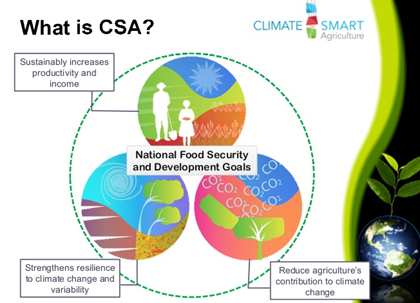
Source: Presentation by Irina Papuso and Jimly Faraby, Seminar on Climate Change and Risk Management, 2013.
Are CSA and sustainable agriculture the same thing?
Sustainable agriculture is the foundation for the climate-smart agriculture approach, the difference is that CSA focus specifically on the impacts of climate change. This approach helps people who manage the land to recognize which concepts, technologies and experiences of sustainable agriculture best fit their reality, hence helping them assess the best strategy for adapting to the changing climate.
Therefore, when it comes to CSA, there isn’t a one-solution-fits-all. It’s necessary to identify how climate change may affect specific locations, crops or people’s livelihoods and only then establish the best course of action with the right management practices.
The CSA approaches
As mentioned before, CSA goes beyond farm level action and should include:
- Enhancing evidence base about opportunities and vulnerabilities in adopting sustainable practices. Focusing on climate change impacts in a determined location. Identifying best practices to improve food security, greenhouse gas mitigation or carbon sequestration. The evidence base should also consider cost and barriers in adopting different practices;
- Building relevant policy, frameworks, and investments schemes with the participation of different institutions and decision-makers responsible for agriculture, climate change and land use. A holistic approach is crucial to avoid disconnection across sectors;
- Strengthening institutions to support for farmers in managing climate risks and putting adaptation strategies into place;
- Enhancing financing options linking climate change, agriculture, and land use, in order to support CSA implementation.
Below there are some examples of CSA elements that can be implemented at farm level. Keep in mind that what makes climate-smart agriculture “smart” is assessing the right combination of practices to tackle specific climate challenges.
- For crops: changing cropping calendar, cultivating different species simultaneously, water and nutrient management and using natural fertilizers, using cover crops, pest management, agroforestry and enhancing soil biodiversity;
- For livestock: improving pasture and feed, specific response to heat stress and crop-livestock systems;
- For fisheries and aquaculture: change in location or combining species, nutrient management, and temperature management.
Agroforestry system
The challenge is not only to boost food production but doing it sustainably. Beyond food security, developing the agricultural sector can be an effective and equitable strategy to reduce poverty.
Fortunately, the CSA approach can address these interlinked challenges by helping farmers to identify opportunities for reducing GHG emissions, improving their incomes and increasing productivity.
Finally, below there are some articles that you might be interested in:


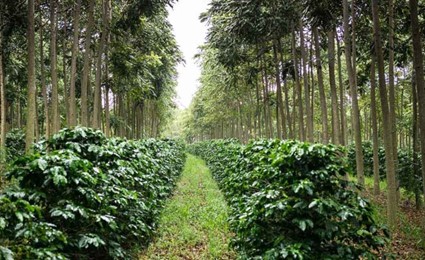
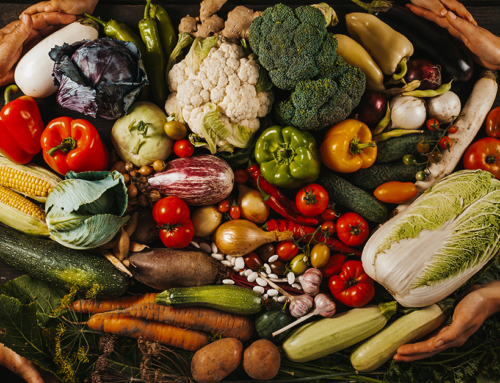
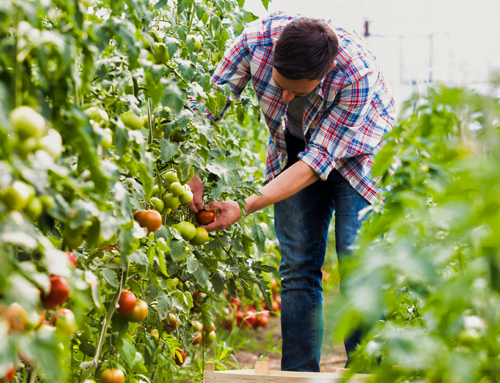
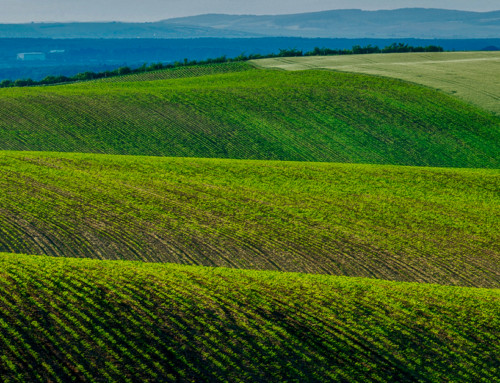
Leave A Comment